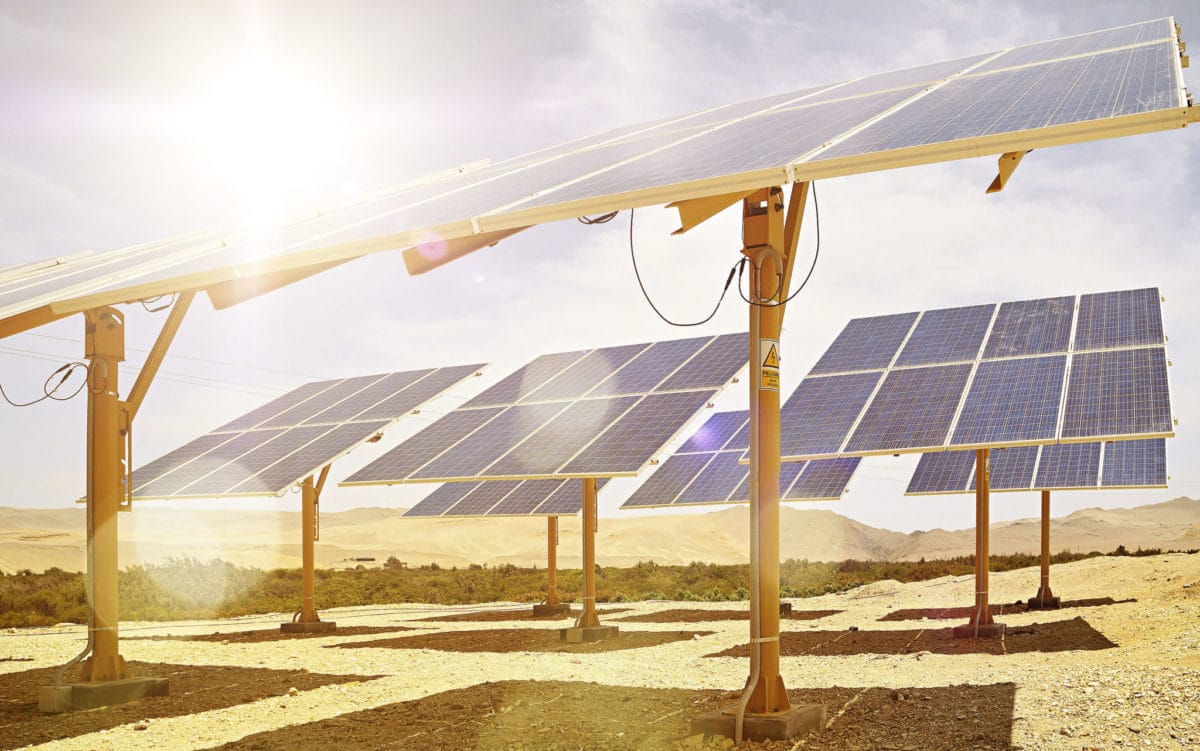Canadian Solar reported its Q3, 2023 earnings, noting a surprised miss on revenues and earnings per share.
The major global provider of solar cells and modules and developer of utility-scale solar and energy storage projects recorded an earnings per share of $0.32, falling short of Wall Street expectations by 54%. It also delivered $1.85 billion in revenue, short of the consensus estimate of $2.03 billion.
Solar module shipments totaled 8.3 GW, falling just short of expectations. However, the company’s module shipments have increased 39% on a year-over-year basis. Gross margins were 16.7%, falling short of the range of expectation between 17.5% to 19.5%. Falling module prices are likely driving the shrinking gross margins.
Total operating expenses were $225 million, down 18% year-over-year. Depreciation and amortization charges were $76 million, up from $56 million in Q3 2022.
Canadian Solar’s cash and cash equivalents at the end of Q3 totaled $1.9 billion, up from $981.4 million on Dec 31, 2022. Long-term debts were $1.07 billion, up from $813.4 million on Dec 31, 2022.
The company issued lower-than-expected guidance for Q4, 2023, but has placed optimistic expectations for 2024. Q4 revenues are expected to land at $1.7 billion, significantly lower than prior consensus of $2.7 billion.
Canadian Solar expects module demand to rise sharply in 2024, with shipments rising roughly 50% year-over-year. Roth Capital Partners warned that this may be a bit optimistic as the company looks to clear excess inventory channels in Europe. Roth expects module demand to raise only 10% to 15% in 2024, driven mostly by utility-scale demand, while residential solar demand may further peel back in 2024.
Despite a challenging macroeconomic environment for growth, management at Canadian Solar sees a very strong growth ramp ahead for solar.
“To give you some color, I have worked in the solar industry for well over 20 years, but only just witnessed total cumulative solar installed capacity finally reach 1 terawatt worldwide in 2022,” said chief executive officer Dr. Shawn Qu on the earnings call.
“As we look ahead, strong global demand is on track to drive that number up to 1 terawatt in annual installations. I strongly believe this can happen before the end of the decade or 2030,” said Qu.
Qu said that even with current high costs of capital, solar and energy storage project returns are more economically attractive today than ever before. He said that this is due to a combination of lower equipment costs and higher electricity prices.
Improvements in efficiency have also supported the transition to solar and energy storage. Over the past 20 years, module conversion efficiencies improved from less than 15% to well over 25% now.
“N-type is the next big technology driver and we have already ramped capacity,” said Qu. “N-type TOPCon cell capacity now accounts for half of our total cell capacity and is expected to reach 60% by the end of this year.”
The company is also investing big in the U.S. domestic solar value chain. It announced a new 5 GW solar cell facility in Indiana, and a 5 GW module factory in Texas. The cell factory is particularly notable, as the United States has large amounts of module assembly plants, but lags in cell production capacities.
(Read: “’The times of supply shortage are over,’ solar giants bet big on U.S. manufacturing”)
Canadian Solar also announced a 5 GW solar wafer facility in Thailand, to supply its cell fabrications with components that are in compliance with updated U.S. antidumping and countervailing duty (AD/CVD) laws.
“Concurrently, we are adjusting the procurement of our module bill of materials in accordance with the newest regulations,” said Qu.
This content is protected by copyright and may not be reused. If you want to cooperate with us and would like to reuse some of our content, please contact: editors@pv-magazine.com.









By submitting this form you agree to pv magazine using your data for the purposes of publishing your comment.
Your personal data will only be disclosed or otherwise transmitted to third parties for the purposes of spam filtering or if this is necessary for technical maintenance of the website. Any other transfer to third parties will not take place unless this is justified on the basis of applicable data protection regulations or if pv magazine is legally obliged to do so.
You may revoke this consent at any time with effect for the future, in which case your personal data will be deleted immediately. Otherwise, your data will be deleted if pv magazine has processed your request or the purpose of data storage is fulfilled.
Further information on data privacy can be found in our Data Protection Policy.